Scott Woodruff doesn’t carry a title at the IHRA, and he doesn’t want one. What he does carry is a mandate to make things happen — on the racetrack and everywhere fans look between rounds.
Coming off the season finale in Dunn, North Carolina, Woodruff used the CompetitionPlus POWER HOUR to outline where the sanctioning body is headed. The headline change is clear: every class will race to the eighth-mile in 2026.
“We are, without a doubt, as a series going to run eighth mile, period,” Woodruff said. “It doesn’t matter what class you are — we’re running eighth mile in 2026 for everybody.”
He framed the move around two pillars: safety and cost containment. Teams that were once skeptical have come around after experiencing it.
“When you talk to everybody after they’ve done it… they get it now,” he said. “The breakage isn’t there… the fatigue on the parts isn’t there, and the cars, they’re right there.”
The fan benefit is part of the calculus. “The finish line is closer to the stands… which means the fans have more engagement because it’s closer,” Woodruff said.
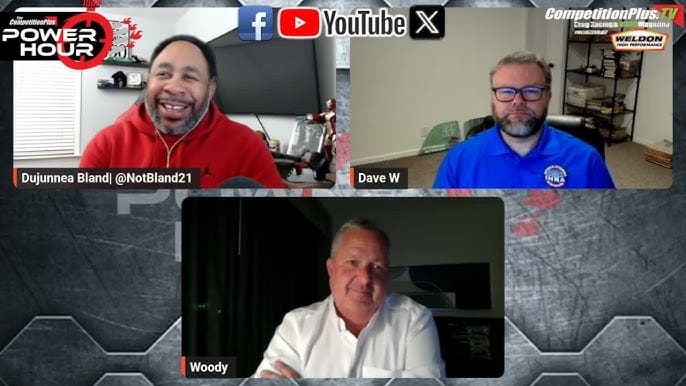

IHRA’s entertainment-first model will keep expanding alongside the racing. Ferris wheels and post-race bull riding at Darana Motorsports Park were not gimmicks; they were the start of a broader strategy.
“I’ve explained it like this — we really do have a blank canvas,” Woodruff said. “At the end of the day, people show up and pay to buy a ticket to be entertained.”
He credits a small, hungry leadership group that arrived mid-year and began rethinking everything from schedule length to off-track programming. The approach is simple: keep what works, fix what doesn’t, and ask racers, partners, tracks, communities, and fans to help decide.
“I’ve always been a big proponent of, tell me three things that you don’t want to change and tell me three things that you would like to see change,” he said. “That way it really doesn’t turn into a b*** session… and you get some constructive input.”
Woodruff admits some ideas will raise eyebrows — and he’s fine with that. He floated “midget wrestling” after seeing how much laughter and energy a pair of “micro wrestling” shows generated.
“I laugh so much I guarantee you that I added five years to my life,” he said. “So I want to try and work on giving that gift to everybody else.”
🔥 48-HOUR SALE! 🔥 Odd-lots, short-lots, closeouts & display shirts — all priced to move! 🏁 Get authentic https://t.co/jcAfIG1TiW gear for as low as $10 👕💥
— Competition Plus (@competitionplus) November 6, 2025
When they’re gone, they’re gone!
👉 https://t.co/ZWQRwUgEQb #DragRacing #NHRA #CompetitionPlus #PEAKSquad #Sale… pic.twitter.com/UOWDUKCRSP
If the eighth-mile is the competitive reset, shortened events are the operational reset. The IHRA intends to compress weekends into two days and deliver more action, not more hours.
“Expecting somebody to be there on a Wednesday, Thursday, Friday, Saturday — that’s really tough,” Woodruff said. “So let’s figure out how to do this in a couple of days and do it in a big way.”
Two qualifying sessions will remain a feature — and a filter. The goal is urgency, parity, and showmanship from the opening run.
“Get your s*** together out of the trailer from the beginning,” he said. “In reality… you need one [run] in each lane.”
The format puts pressure on tuners and drivers without punishing budgets. It emphasizes execution over attempts and makes Friday night matter when there are more cars than spots.
“That’s part of what is going to be the appeal… it puts a lot of emphasis on the driver,” Woodruff said. “Nobody wants to see one car not go down — they want it so close they can’t tell who won from the stands.”
Fuel and parts bills fall with eighth-mile racing and shorter schedules. Consumables stretch further when the back half is off the table and the weekend is tighter.
“We talk about the parts attrition going down… things like the fuel costs go down,” he said. “You’re going to win every day if you can pack a lot into a short period of time.”
The on-site footprint will grow in unconventional ways. IHRA plans to add tractor-pull tracks at its owned facilities, creating crossover programming and shared audiences.
“There’s a lot of similarities and a lot of the same manufacturers… as far as the powerplants,” Woodruff said. “You’re giving somebody an experience they might not have decided to go to.”
The idea is to make a single ticket feel like a festival pass without diluting the core. Fans will sample two forms of motorsport rather than one, and families can move across attractions while cars are serviced.
“I’m not saying they discount that ticket mentally 50/50,” he said. “But we’re all multitasking, and if you can pack a lot of excitement into a short period of time, you’re going to win.”
That philosophy extends to how IHRA courts younger fans raised on short videos and constant stimuli. Woodruff spends time asking kids what they’ll tell their friends on Monday.
“That’s where you get some really good insight,” he said. “What makes an 8-year-old excited to see… and what’s a 15-year-old think is entertaining?”

On class identity, Woodruff is blunt about the brand. “There’s two staple classes here — Mountain Motor Pro Stock and Pro Mod, period,” he said. “Those are the classes that when you think of IHRA, that’s what you think of.”
He applauded Mountain Motor Pro Stock’s 2025 resurgence, which drew champions from multiple series and produced deep fields and tight eliminations. The sound, scoops, and door-car visuals still sell.
“I love the class,” he said. “That front three-quarter view on a door car is where all the magic happens.”
Nitro remains vital for sensory impact, but IHRA’s compass points to big-inch Pro Stock and Pro Mod as the backbone. The eighth-mile format keeps heavy hitters honest and invites up-and-comers to close the gap.
“It takes the ET out of the mind… it’s about who gets to the finish line first,” Woodruff said. “Drag racing’s a big math equation — you just got to go to work and figure it out.”
Woodruff also addressed the sport’s broader ecosystem. He rejects a Hatfields-and-McCoys narrative between IHRA and NHRA.
“They can coexist and they will coexist,” he said, recalling an early courtesy call to NHRA President Glen Cromwell. “How can you say anything bad about somebody that’s investing in the sport that we love and care about?”
To Woodruff, IHRA can be an on-ramp without being a minor league. Eighth-mile racing sharpens skills; budgets and opportunities dictate where teams land over time.
“I’m not going to say we’re AAA and they’re pros, because we’re all pros and we’re all together,” he said. “You can’t run before you walk.”
Safety and timing are the two sacred cows. Everything else is open to iteration, but not those foundations.
“You can’t mess with safety and you can’t mess with the timing system,” Woodruff said. “Those are our two biggest constants… the foundation this sport was built on.”
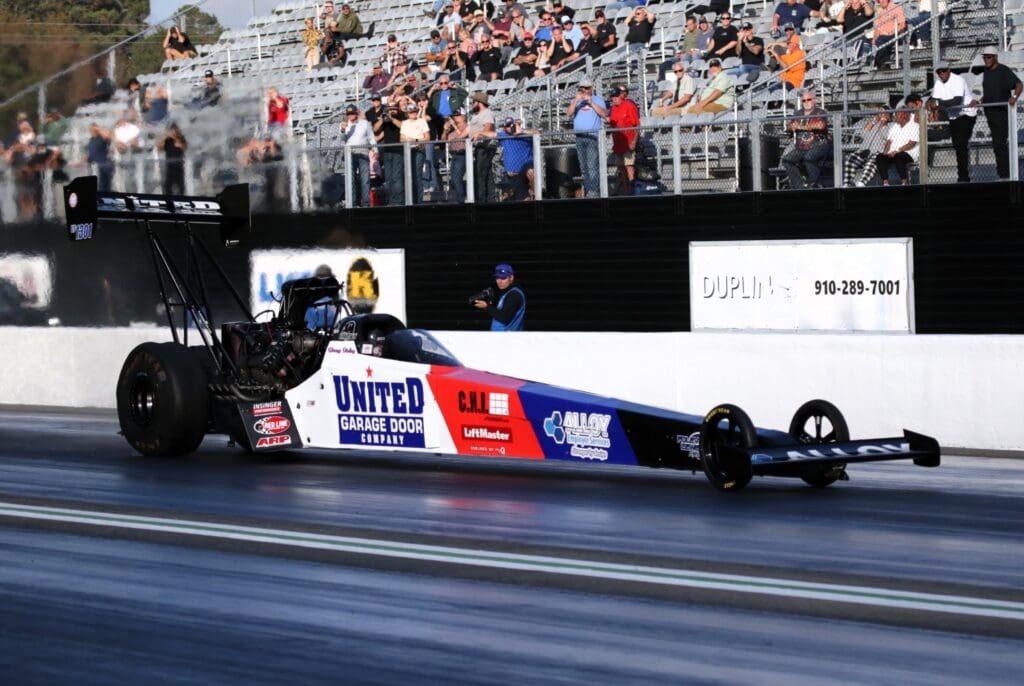
Internally, the tone has shifted from reactionary to intentional. Woodruff joined in July and pushed the leadership team to catalog wins and losses, codify fan feedback, and build a 2026 plan that scales.
“As a group, we’re extremely excited to not be so reactionary like we were in 2025,” he said. “Really have a real good plan going into 2026.”
That plan was buoyed by an end-of-season crowd that stuck around for rides and rodeos. The weekend dodged weather, delivered close racing, and offered proof of concept for mixing spectacle and sport.
“We had a great time… the fans enjoyed themselves,” he said. “We had some great competition on the track and some exciting elements off the track.”
Woodruff knows not everyone believed IHRA would get here. He didn’t forget the early predictions of collapse.
“As we all know, there were plenty of naysayers,” he said. “It’s awesome to prove those people wrong — and we’re going to prove the rest of them wrong next year, I promise you that.”









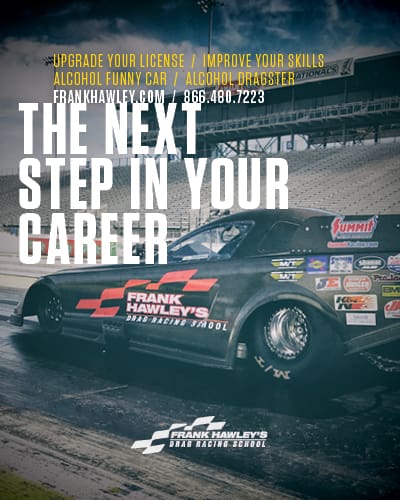












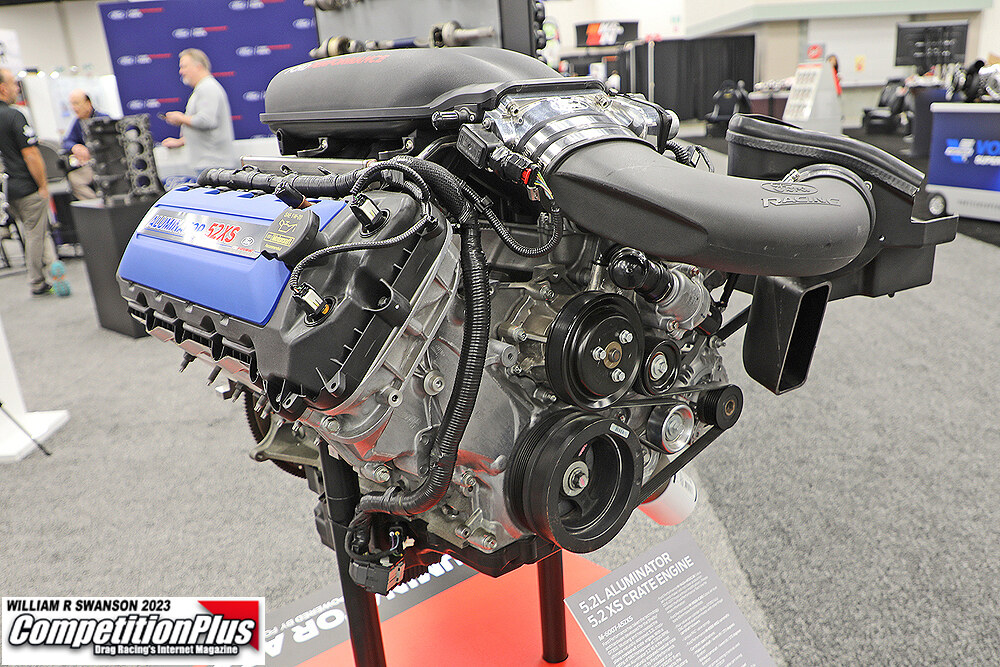









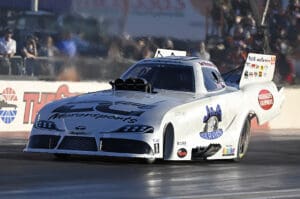
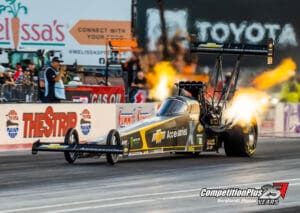
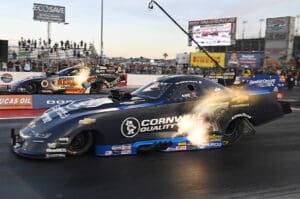
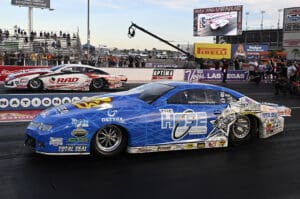
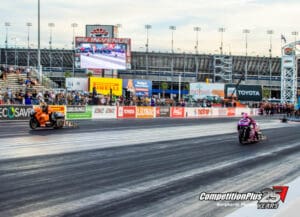


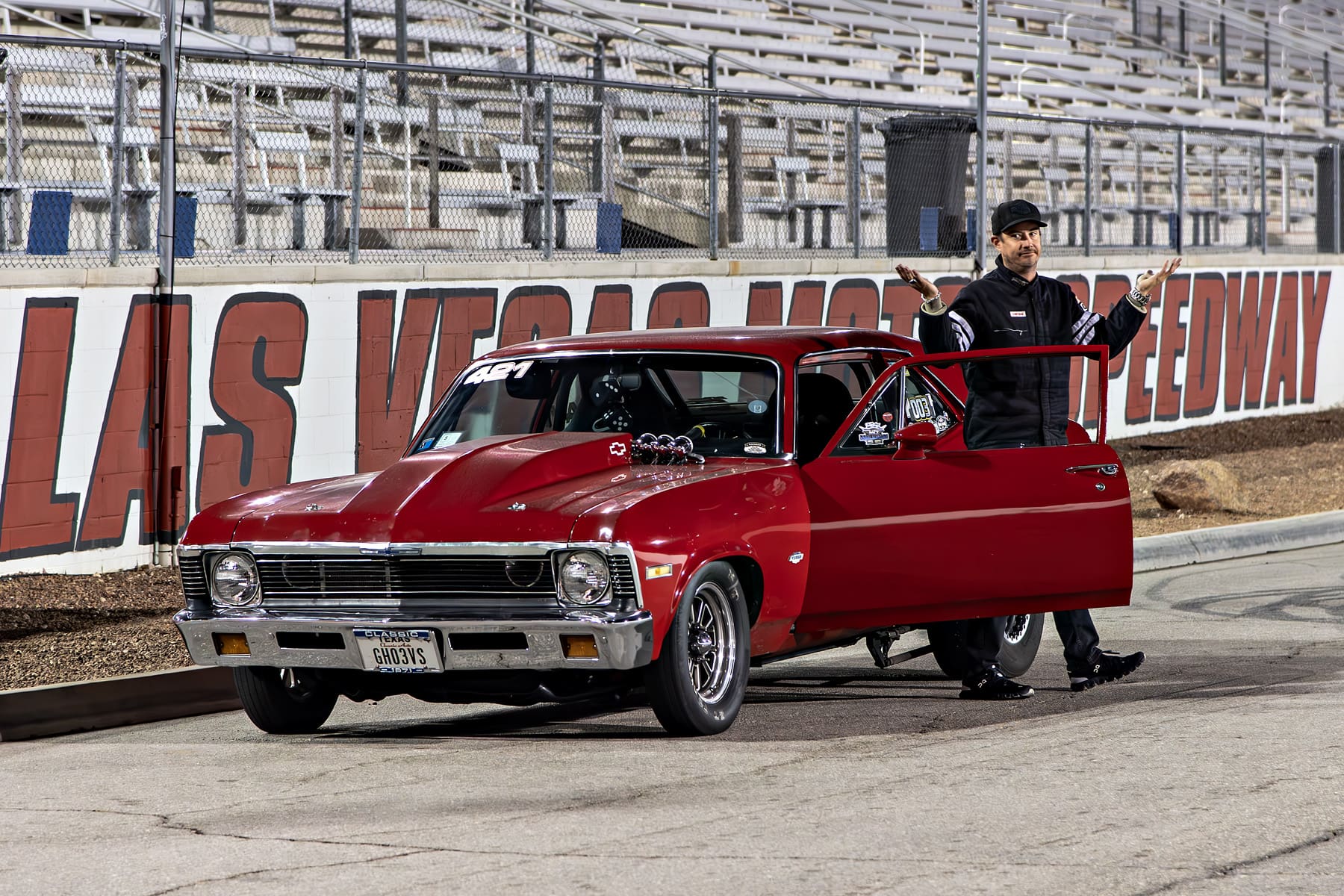


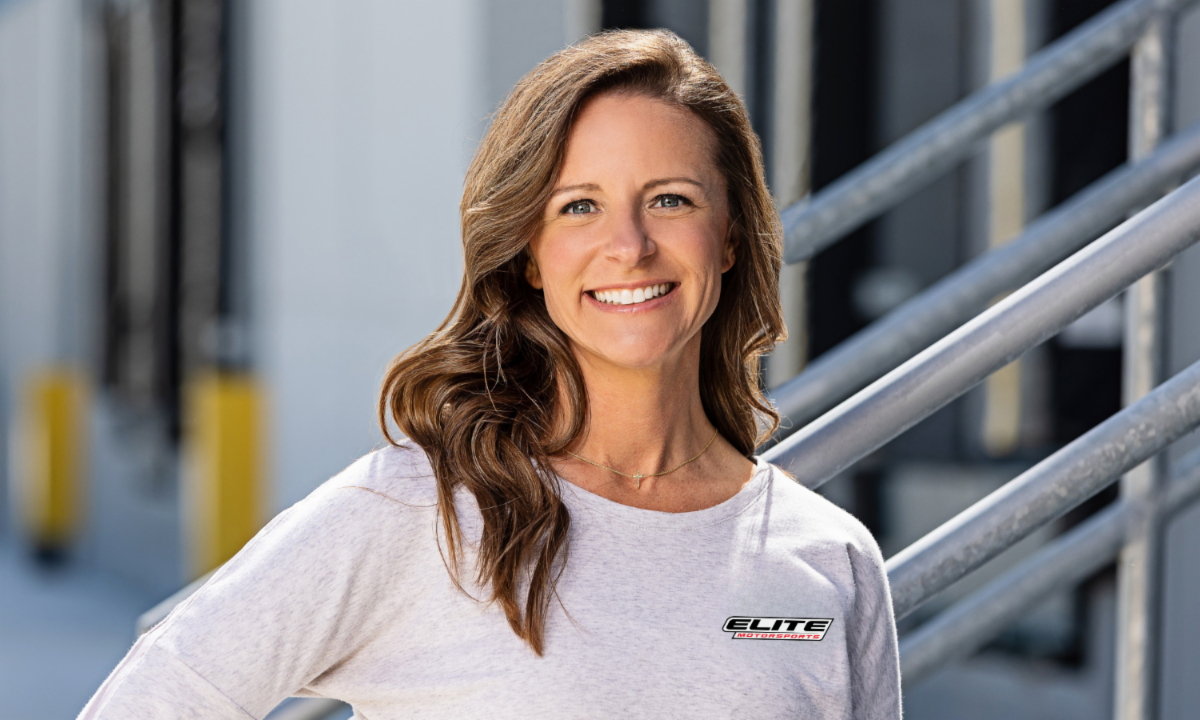
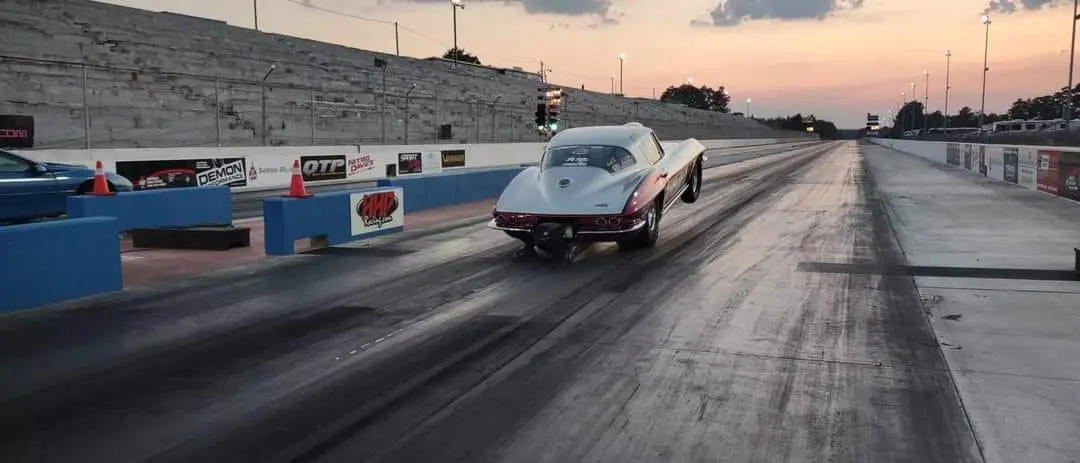

AMERICAN DREAM MEETS NITRO: JOON’S FIRST U.S. WIN AND CITIZENSHIP DEFINE A REMARKABLE YEAR